Co-created by Harlan Coben and Daniel Brocklehurst, Prime Video’s ‘Lazarus‘ tells the story of a family of psychologists marked by a decades-old tragedy. When the patriarch, Jonathan “Dr. L” Lazarus, has a sudden and inexplicable death, his son, Joel, becomes suspicious. In examining the lead-up to his father’s demise, however, the protagonist ends up uncovering demons of his own. The psychological thriller employs a unique narrative device in its interrogation of the truth by subverting conventional displays of therapy on screen. As such, the mystery concerns the culprit as much as it does their motivations, with no character, alive or dead, escaping scrutiny. SPOILERS AHEAD.
Lazarus Plot Recap
The story begins with a flashback to the Lazarus household, where a young Joel notices an intruder in the room of his twin sister, Sutton. Before he can react, however, the intruder rushes out of the house, leaving behind Sutton’s dead body. At present, Joel is a well-known forensic psychologist, following in the footsteps of his father, the renowned psychologist Jonathan Lazarus. Joel’s newest patient, a serial killer named Arlo Jones, appears to have intimate knowledge of the protagonist’s personal life, and his call for divine intervention seemingly coincides with Jonathan taking his own life. The news shatters Joel, and he immediately returns home to his sister, Jenna, and his best friend, police officer Seth McGovern. There, we learn that Jonathan left a cryptic suicide note consisting of the phrase “It’s not over” and the drawing of a stool. This triggers Joel’s suspicions, and he begins to question the circumstances that might have led to his father’s death.

As all leads begin to dry up, Joel finds his biggest help in the form of an inexplicable, near-supernatural phenomenon. One by one, he begins to interact with dead patients of his father’s, with each person believing that they are attending a therapy session with Jonathan. These conversations serve as more than just a glimpse into the past; they also shed light on some of the more nefarious developments inside the psychologist’s office. The most prominent of these exchanges comes from a patient named Cassandra Rhodes, who admits to having homicidal desires in relation to her boyfriend, Neil. During a couple’s session, those urges become a reality, and she ends up killing Neil with one of Jonathan’s sculptures. What makes things several times trickier, however, is the revelation that Cassandra was herself murdered shortly after hiding her partner’s corpse in the attic of her house.
The murder of Cassandra Rhodes shows a glaring resemblance to many of the patient deaths in Jonathan’s time as a psychotherapist. These seemingly connected events prompt Joel to consider that his father was murdered as well, with a single person behind these serial killings. While deciphering that mystery, he also runs into personal conundrums of his own, with the most surprising discovery being Aidan, his ex-wife’s child. Although the couple seems to have had a healthy separation, Aidan conducts a paternity test in secret, confirming that his father is none other than Joel. Meanwhile, the list of potential suspects continues to grow, with figures from Lazarus’ past, such as the primary suspect, Paul Olsen, and Sutton’s ex-boyfriend, Billy Macintyre, joining the ranks. However, when the common point between all of these murder investigations turns out to be Seth’s superior, Detective Alison Brown, a confrontation is in order.
Lazarus Ending: Who Killed Jonathan Lazarus and His Patients?
While the bulk of the narrative hinges on Joel’s vision of his father guiding him to a potential serial killer, the ending of ‘Lazarus’ flips that notion on its head, revealing that Jonathan had darker shades of his own. The tape that Joel receives from Alison brings him back to the office, where the tape recorder begins unfolding the final moments of his father’s life. Here, we learn that it was not Alison, but Jonathan himself, who killed many of his patients and then framed other people for it. For Alison, a budding police officer hoping to make a name for herself, apprehending the criminals became easy, leading her to never question the psychologist’s sincerity in the process. Decades later, upon screening the reports once again, she began noticing significant discrepancies, all of which pointed to Jonathan being the murderer of people such as Cassandra Rhodes, Harry Nash, and Imogen.
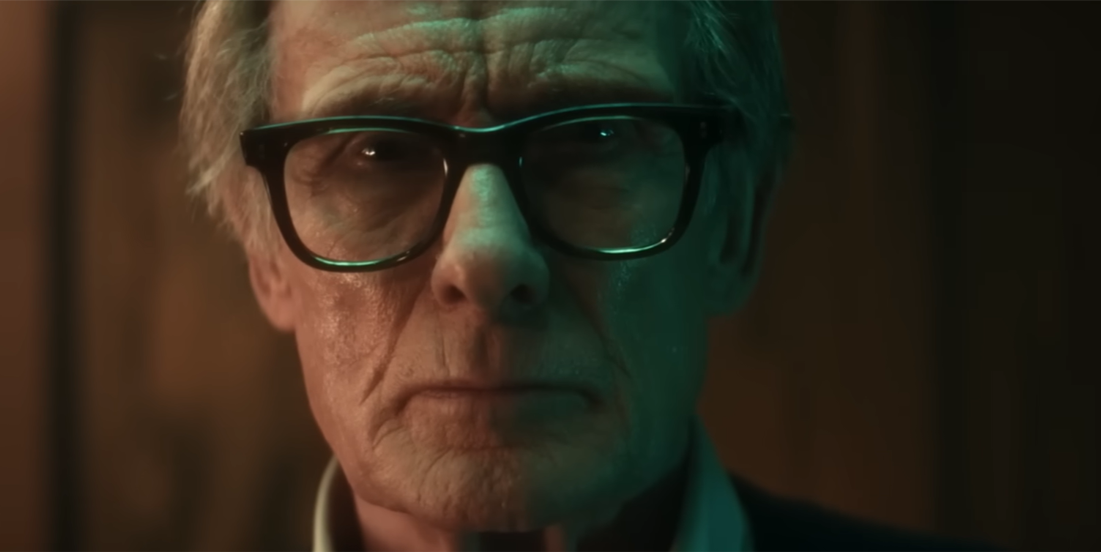
The tape takes the form of a confrontation between Alison and Jonathan, in which she lists all the crimes he has committed and how she has become his unintended accomplice over the years. The psychologist does not shy away from this claim either, and instead frames the deaths as him having mercy on his patients. In the case of Imogen, his secret lover, he claims that he merely euthanized her in the face of a terrible disease and pinned the blame on the serial killer named Arlo Jones. Before he can continue, Alison interrupts, explaining that she cannot let him walk free after confessing to such harrowing crimes. However, given everything at stake, she proposes a different way out, which involves Jonathan taking his own life and burying the secrets with him. While this method also absolves her from any explicit involvement in the murders, they are primarily a means for the psychologist to have a relatively stainless end, with his children never learning of his crimes.
Following the conversation, the tape silently follows Jonathan trying to contact his son once again, tying the scene back to the show’s first moments. When the call fails to connect, he sits down to write a lengthy suicide note before taking the gun and dying by suicide. Although the mystery is seemingly solved, Joel is unable to process the intensity of these revelations, and he immediately hallucinates his father to sort things out. In this dream-like state, Jonathan tries to explain his crimes, describing the murder of Cassandra Rhodes as merely an act of self-preservation. When Joel brings up the case of Harry Nash, a person who posed no such threat, Jonathan tries to reframe his act as freeing people from their trauma. However, Joel gives him a stark reality check, establishing how Jonathan’s serial killings are not noble and selfless acts, but the reflections of a deeply troubled psyche, stemming from the death of Sutton.
Where is Jonathan’s Suicide Letter?
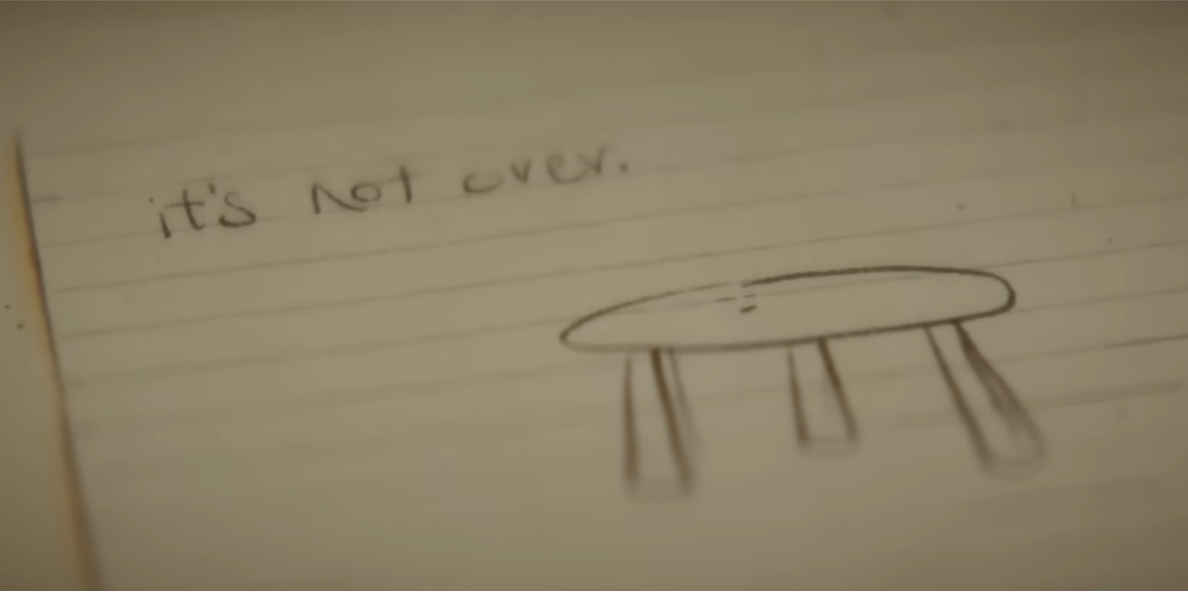
While we see Jonathan penning a long suicide note, addressed directly to his children, we only ever get a glimpse of its second page, containing just a single sentence and a drawing. Given the significance of those two motifs, it is likely that the letter holds the key to many more revelations, both concerning the murders and the patriarch’s psychological state. However, we learn that the letter was stolen and then burnt to a crisp by Alison, likely to cover her tracks and eliminate any possibilities of the crimes coming to light.
With no way of retrieving the contents of the letter, Joel is unlikely ever to learn what his father wished to convey. Yet, the final exchange between him and the hallucinatory version of his father seeks to fulfill that exact purpose. The protagonist resists the narrative imposed by Jonathan and reminds him that the death of his daughter did not mean that he had to abandon his other two children. Learning from his father’s failures, Joel chooses to step away from a life of violence.
Is Laura Dead? Did Aidan Kill Her and Margot?
With the truth weighing him down, Joel rushes to meet Laura, hoping to find some much-needed clarity and companionship. However, upon entering her home, he is instead met by a cold, eerily empty sight, with clear signs of struggle inside Laura’s office. Before he can react any further, he comes face to face with Aidan, his biological son, holding a bloodied sickle in his hand. While the show ends with this cliffhanger, the implications of this sequence and its framing are massive. In a previous scene, we learn that the murder of Margot Macintyre, Jonathan’s former assistant, involved a sickle-like weapon, which matches what Aidan holds in his hands. As such, there is a distinct possibility that he is the murderer of Margot, and now also of Laura, the potential lover of Joel. For the protagonist, the scene is a mix of confusion and alarm, and the only way he has to make sense of things is Aidan’s cryptic apology for what has transpired.
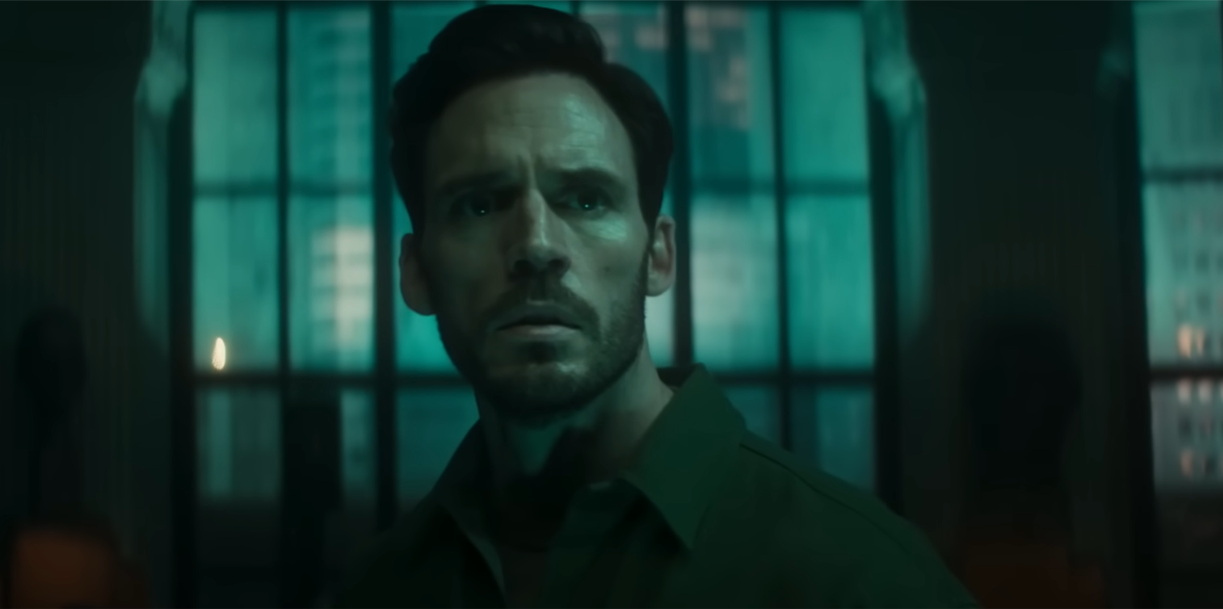
The season’s final twist contextualizes many of its earlier moments of peculiarity, with the most notable being Aidan’s surprise appearance at Margot’s residence in episode 4. While he claims that he merely followed Joel’s break-in attempt, we never see the exact moment he entered the house. As such, it is possible that Aidan was in the process of committing the murders or concealing evidence when Joel entered the house, forcing him to improvise the situation. Aidan’s disappearance from his house also gains more layers, as the next time we see him, he is near the forest where Margot’s body was discovered. There are also direct parallels between the teen and Sam Olsen, with both characters being described as unique or atypical in their thoughts and actions.
The only clue we have to Laura and Aidan’s interaction is shown at the start of the finale, where he opens up about his parental situation and the ensuing frustrations that he has pent up. Although the conversation appears to have a positive flow, the conclusion paints an altogether different story. The possibility of Aidan having homicidal tendencies explains both the murder of Margot and the sudden disappearance of Laura. However, given his connection to Joel, such a drastic course of action is still unlikely for the young teen. As such, there is a chance that the twisted ending is a misdirection, with the real murderer, potentially connected to Aidan, still at large. Laura’s exact fate is also up in the air, as it is possible that she escaped for reasons of her own, reinforcing the gray nature of the narrative.
Did Joel Really Talk to Jonathan’s Patients?
As the story’s primary driving force, Joel’s mysterious sessions with the ghosts of Jonathan’s patients also become the subject of the finale’s attention. With the knowledge of Jonathan’s crime behind her, Jenna looks at her father’s life and occupation in an entirely different light, involving his tape collection. We learn that the psychologist recorded every single session he ever had in these tapes, and that makes their presence in Joel’s bed all the more surprising. Listening in, Jenna discovers that the highlighted tapes specifically concern the patients who were murdered in cold blood, and suddenly everything falls into place. Joel’s conversations were hallucinatory recreations of what he had listened to on the tapes, giving him an intimate perspective on his father’s patients, as well as his darkest secrets.
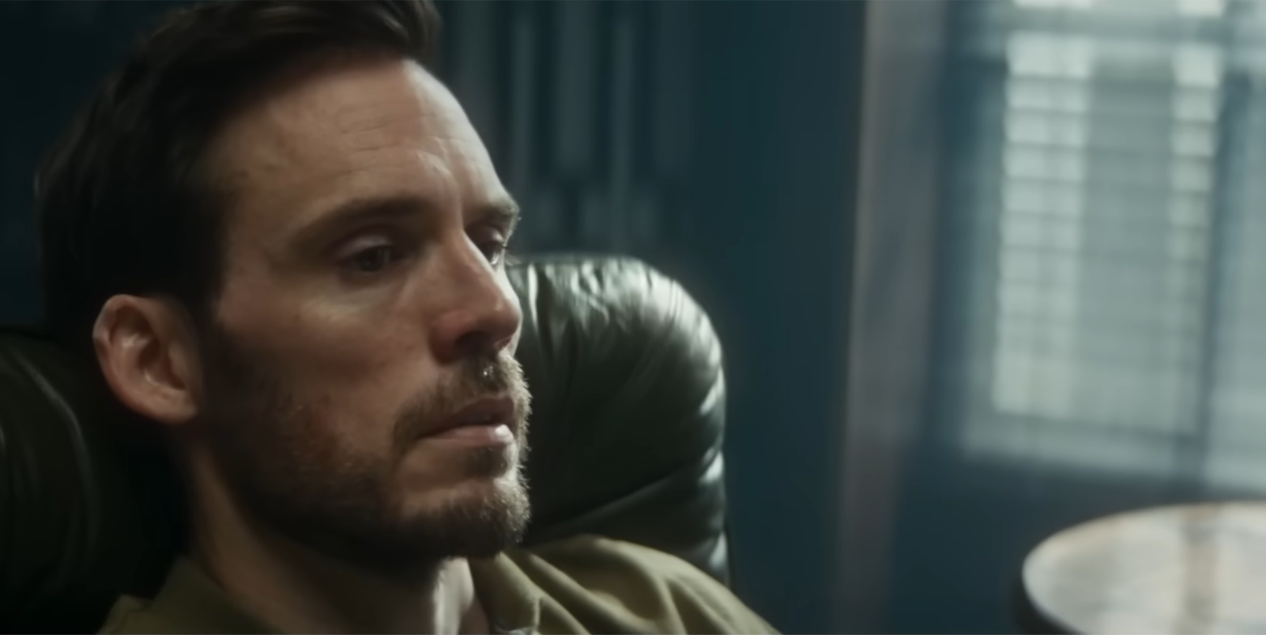
While it is natural for Joel to learn about the patients, for him to internalize that information deeply enough to manifest a hallucination speaks to the psychological turmoil he is dealing with. Notably, he is only able to tap into these visions while he is intoxicated and relaxed, which frames these as a variety of therapeutic sessions. Despite taking his father’s chair, it is ultimately Joel who gets the therapy, with the conversations helping him make sense of his memories and experiences, and solve murder cases along the way. However, the fact that he does not remember listening to these tapes points to a deeper psychological problem, likely the result of his stress buildup. Additionally, how these conversations blend into reality also gives rise to questions, with Joel figuring out the physical appearance of the sessions based on sound alone. It is likely that the renditions we see are not exactly accurate, and more so, a manifestation of the protagonist’s imagination.
Does Alison Brown Live or Die? Does the Truth Come Out?
Jonathan’s murder spree is incomplete without the involvement of Detective Alison Brown, and her attempts to cover up the truth have less to do with saving his face and more to do with safeguarding her life and career. To that end, she chooses to risk everything and make her escape, likely to erase all evidence of her criminal involvement. Joel gives chase, and the two traverse several narrow corners of the city in a thrilling sequence that ends with tragedy. Alison accidentally runs into a cyclist and loses her balance right in the middle of the street. This turns out to be disastrous, as not long after, a truck runs over her body. While it is never confirmed whether Alison lives or dies, the accident looks severe enough to be fatal, likely spelling the end of the detective.

With Alison most likely dead, Joel and Seth can no longer get a confession, but the overwhelming evidence, coupled with her escape attempt, likely seals the deal and solves the case for good. The fact that the two friends are allowed to sit in peace and discuss the events, instead of being taken into custody, indicates that their account has been considered. Notably, Joel sneaks the tape recording of his father’s death out of Alison’s body, choosing to hear it for himself before taking any further action. However, given his strong moral fiber, it is unlikely for the protagonist to hold on to that secret forever. The fact that he tells the truth to Jenna, and seemingly to Seth, points to the contents of the tape becoming public knowledge. With this, the mythos surrounding Jonathan Lazarus enters its next chapter, not as a benevolent psychologist, but a ruthless murderer.
Who Killed Sutton Lazarus? Is the Murderer Caught?
Alongside the mystery concerning Jonathan and his patients, the narrative is also occupied with the inexplicable murder of Sutton Lazarus, Joel’s twin sister, who died nearly three decades ago. Initially, Joel believes all of these deaths to be connected, and while that ends up being the case, the circumstances are vastly different in reality. In episode five, we learn that Paul Olsen, who was initially a suspect in the murder case but was later released, is indeed the killer of Sutton and has carefully evaded arrest all this time. Joel is the first to make this discovery when he notices one of his sister’s teddy bears in Olsen’s room. While the killer initially claims that he got it from her when she was little, a home video of Sutton captured shortly before her death features the same toy, proving Olsen wrong.
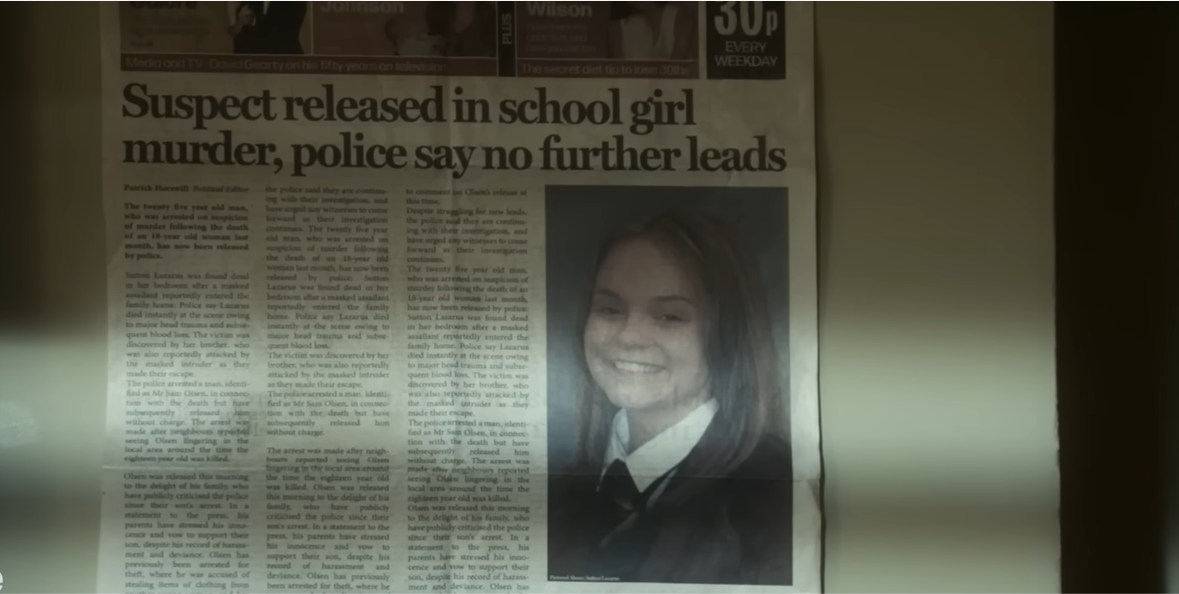
Realizing that the killer might be Paul Olsen after all, Joel rushes to locate him, and the two eventually clash by a fishing lake. As the fight begins, Olsen begins to present his warped take on what happened that night, explaining that, while he was stalking Sutton, his intent was merely to steal her possessions. From the moment she returns home early, the story diverges, with the reality of the night being depicted on screen, in sharp contrast to Olsen’s perspective. While he claims that she consented to intimacy, the scene confirms that he tried to sexually assault her and, in the process, pushed her against the edge of the bed, leading to her death. This also confirms that the man Joel saw dashing out of the house was indeed Olsen, and he had weaponized the absence of hard evidence to paint himself as a victim, instead of the perpetrator who started the story.

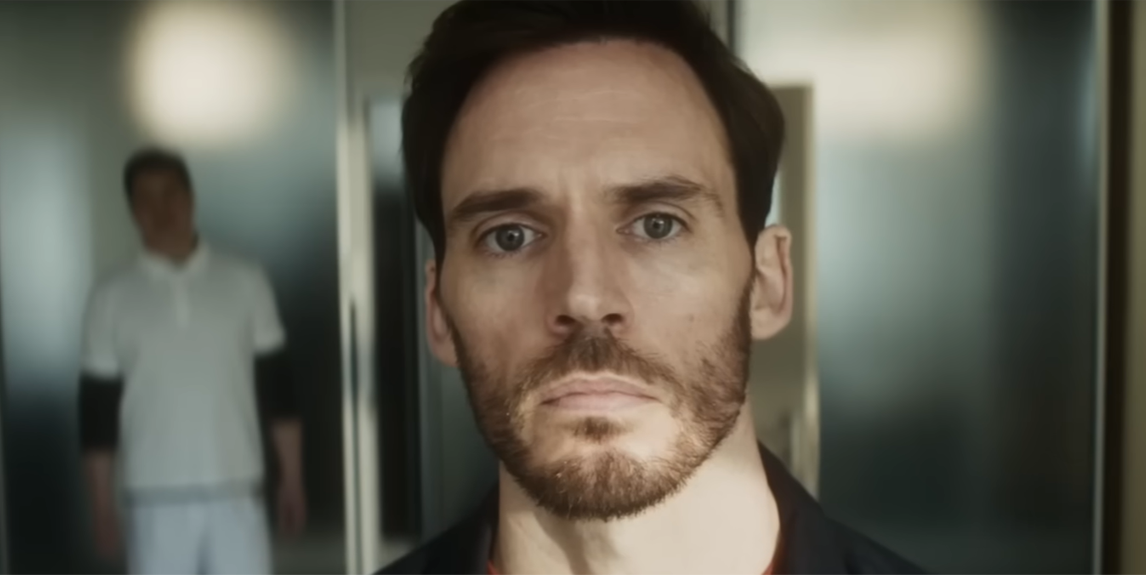
You must be logged in to post a comment.